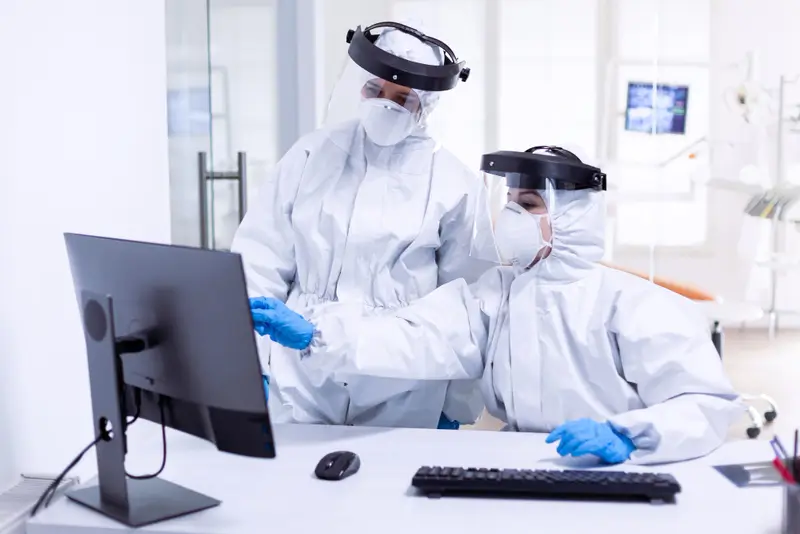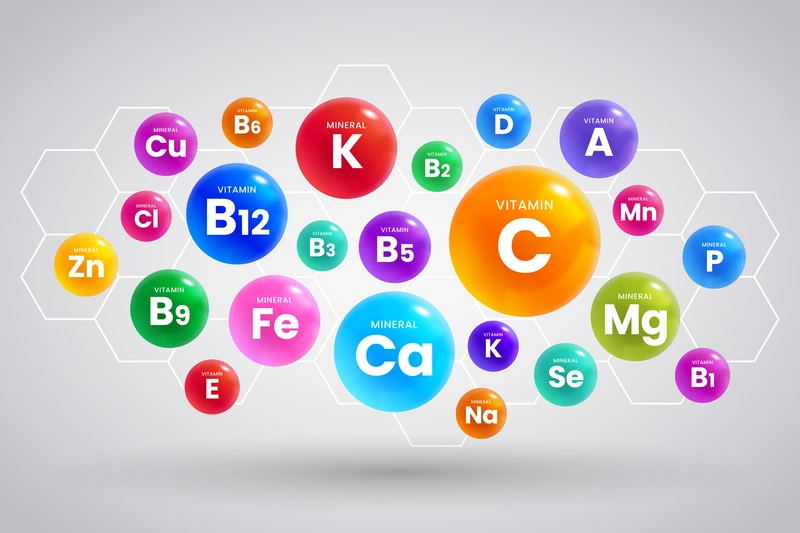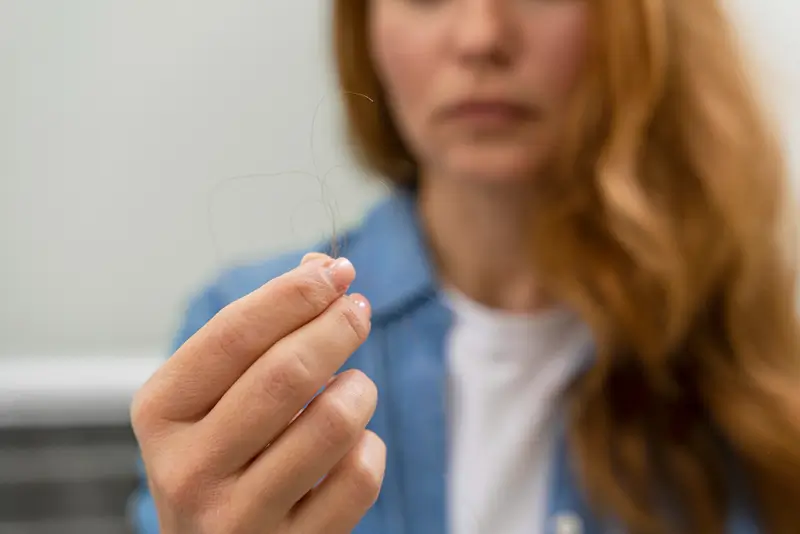htma testing
Hair Tissue Mineral Analysis (HTMA) Test

Understanding Hair Tissue Mineral Analysis: Unveiling the Mineral Story
Hair Tissue Mineral Analysis (HTMA) is a diagnostic examination that uncovers the mineral composition of your hair. This process involves collecting a hair sample – typically the first inch and a half of growth closest to the scalp at the nape of the neck. This sample is then meticulously processed in a licensed clinical laboratory, undergoing a series of chemical and high-temperature digestion procedures. Highly advanced detection equipment and methods are employed to perform the testing, ensuring the utmost accuracy and precision in the results.
Why Hair and Not Blood?
Hair is an optimal choice for testing due to several key reasons. It can be easily and painlessly cut and dispatched to the lab without any special handling requirements. More importantly, clinical evidence indicates that a properly collected hair sample can provide valuable insights into your mineral status and potential accumulation of toxic metals over both short and long periods of exposure.
HTMA: Revealing the Intricacies of Metabolism
HTMA offers a unique glimpse into your body’s inner workings – specifically, the realm of intracellular activity, which remains hidden from most other testing methods. This analysis essentially provides a snapshot of the biochemical processes that occur during the period of hair growth and development.
Real-Life Examples:
* After an acute exposure, elevated lead levels in your blood may become undetectable within 30 to 40 days. This is because your body relocates the lead to protective tissues like the liver, bones, teeth, and hair.
* Your body can experience significant nutrient loss even before changes are noticeable in a blood test.
* Signs of elemental deficiency may manifest long before serum levels indicate a problem.
* While excess sodium is linked to hypertension, a certain amount is essential for overall health.
Hair: A Trusted Indicator of Exposure
The Environmental Protection Agency (EPA) considers hair a reliable indicator for determining exposure to toxic metals. A 1980 EPA report highlighted hair’s effectiveness in monitoring the highest-priority toxic metals. This conclusion was echoed by studies conducted in the United States and around the world, which established human hair as an apt alternative to blood or urine for studying trace element exposure within communities.
Why Test for Minerals?

Trace minerals play pivotal roles in a multitude of metabolic functions throughout your life. Consider some examples:
- Zinc contributes to insulin production, storage, and secretion, in addition to supporting growth hormones.
- Magnesium is crucial for normal muscular function, particularly that of the heart. A deficiency may correlate with abnormal heart conditions, anxiety, and nervousness.
- Potassium is essential for nutrient transport into cells, and its shortage can lead to muscular weakness, mild depression, and lethargy.
- Sodium, when balanced, supports normal health; excessive amounts are associated with hypertension.
Hair Tissue Mineral Analysis: Supported by Research
Hair tissue mineral analysis is substantiated by an extensive body of literature in reputable scientific publications. Licensed clinical laboratories in the United States conduct over 150,000 hair mineral assays annually, supporting health care professionals in comprehensive patient evaluations. This method has also been employed in countless research studies by both private and government research agencies over the past 25 years.
Quote From Trace Elements:
‘Blood analysis for minerals is a good indicator of the transport of minerals to and from the storage areas of the body (extracellular). Hair tissue mineral analysis is a good indicator of the metabolic processes occurring within the cells (intracellular).’
In My Words:
Checking minerals in your blood is like looking at how minerals move around your body, going to and from storage areas outside your cells. Hair tissue mineral analysis, on the other hand, shows what’s happening inside your cells, giving us insights into the busy activities within.
Book Your Free HTMA Consultation Today!
Please email any questions to info@jadesapothecary.com or simply book an appointment for a complimentary HTMA consultation. Or place your order for HTMA Testing.
Single Strand of Hair: A Key To Your Health
Have you ever stopped to think that a single strand of hair could hold the key to understanding your health? It might sound like something out of a science fiction story, but it’s actually a reality thanks to a fascinating tool called the HTMA test, or Hair Tissue Mineral Analysis. This test isn’t about checking if your hair looks good – it’s about delving into the world of minerals that make up your body, and it’s a bit like having a health detective right in your hair follicles. This test doesn’t just glance at the surface; it delves deep into the secrets your hair keeps.
Imagine this: your body is like a complex puzzle, and the pieces of this puzzle are made up of tiny particles called minerals. These minerals play a crucial role in how your body works, from keeping your heart beating to helping your muscles move. And guess what? Some of these minerals end up in your hair. It’s like a trail of breadcrumbs that can lead us to some pretty interesting discoveries about your health.

HTMA Test: How Does This Work?
Well, the HTMA test is like a magnifying glass that allows us to examine these minerals in your hair. We take a small snippet of your hair, which might seem like a tiny thing, but it’s packed with information. This snippet is sent to a special laboratory where scientists use super-smart machines to figure out what minerals are hiding in there.
But why does it matter? Because these minerals can tell a story – your story. If there’s too much or too little of certain minerals, it could be a sign that something isn’t quite right in your body. Maybe you’re not getting enough of a certain mineral that your body needs, or perhaps there’s something going on that’s causing an imbalance. The HTMA test doesn’t give us all the answers, but it’s like a map that can point us in the right direction.
What Will You Get?
In this journey through the world of the HTMA test, we’ll explore everything you need to know. We’ll dive into how much it costs – after all, health is an investment worth making. We’ll unravel the mystery of the HTMA test kit, the handy tool that helps us collect that all-important hair snippet. And we’ll chat about the results – what they mean and how they can guide us toward better health.
But that’s not all. We’ll also introduce you to the wide range of products that can help address any mineral imbalances we might find. And we’ll show you why you can trust us to be your partner on this exciting journey to better health through the HTMA test.
So, let’s get started and unlock the secrets that your hair can reveal about your well-being. It’s time to take a closer look at the amazing world of the HTMA test and discover how a single strand of hair can speak volumes about your health.
HTMA Test Cost
When it comes to investing in your well-being, understanding the cost dynamics of the HTMA test is a crucial step. The beauty of the HTMA test lies in its accessibility and potential to offer valuable insights. The starting price for an HTMA test is $299, making it a relatively affordable option in the realm of health diagnostics.
Furthermore, to cater to varying needs and preferences, we’ve curated a range of HTMA packages that bundle the HTMA test with other services, providing comprehensive options that align with your health goals. These packages not only offer a cost-effective way to access the HTMA test but also grant you a more holistic understanding of your health landscape.
We recognize that managing healthcare expenses can sometimes be a concern. That’s why we’re thrilled to share that we accept FSA (Flexible Spending Account) and HSA (Health Savings Account) funds for the HTMA test. These accounts allow you to allocate pre-tax dollars to cover eligible medical expenses, including the HTMA test, effectively reducing your out-of-pocket costs. It’s a savvy way to invest in your health while optimizing your budget.
NOTE:
It’s important to note that the value of the HTMA test extends far beyond its price tag. The insights gained from this test can pave the way for proactive health management, potentially mitigating future health concerns and fostering a state of well-being. When considering the cost of the HTMA test, it’s prudent to weigh it against the potential benefits it offers in terms of personalized health understanding and informed decision-making.
In a world where health is undoubtedly a priceless asset, the HTMA test emerges as a wise investment in your long-term well-being. With a starting price of $299, flexible package options, and the added advantage of utilizing FSA/HSA funds, taking a step towards a healthier future has never been more accessible or rewarding.

How to Collect Your Hair Sample for the HTMA Test?
Getting your hair sample ready for the HTMA test is a bit like preparing a special dish – every detail matters for the best outcome. Here’s your easy-to-follow guide to ensure your hair sample is just right and ready to provide us with the most accurate insights:
Step 1:
Preparing Your Hair
* Wait for about 4-6 hours after washing your hair before snipping it. This helps us get a precise snapshot of your mineral levels.
* For the most accurate results, we prefer hair from your scalp. If that’s not possible, you can use pubic or body hair as a last resort.
* Make sure your hair hasn’t been treated with perms, dyes, or bleaches. If it has, wait for fresh, untreated hair to grow in.
* Before snipping, wash away any gels, oils, or hair creams from your hair.
* If you’re exposed to chemicals at work or in the environment, try to keep your hair clean between washing and cutting.
* On the day of collection, avoid excessive sweating, as it can sometimes affect mineral readings.
Step 2:
Where and How to Snip
* Take small bits of hair from different parts of your scalp – the back of your neck, the top of your head, and the sides.
* Use high-quality stainless steel scissors or thinning shears to snip as close to your scalp as possible.
* Keep about one and a half inches of hair from the roots; you don’t need the rest.
Step 3:
Weight and Packaging
* We need around 125 milligrams of hair (that’s 0.125 Gram). If you have our Hair Weight Scale Cards, they’re perfect. Otherwise, a full teaspoon should do.
* Place the snipped hair into the clean envelope we provided. Seal it using the glue – no plastic bags or anything else, please!
* Write your name and the shampoo you used on the smaller envelope.
* Complete all the highlighted sections on the included form.
* Put the form and the small envelope into the pre-stamped envelope we provided. Just pop it in your mailbox – simple!
* Don’t forget to inform your HTMA practitioner that your sample is on its way. We usually need about 2-3 weeks to work our analysis magic.
Step 4:
Watch Out for a Few Things
* Be cautious with shampoos – avoid using Head and Shoulders, Selsun Blue, or similar products a few days before snipping.
* Clean your scissors – make sure they’re free of sweat or dirt before cutting. Make sure your scissors are stainless steel and clean.
* Be mindful of chlorine – whether from swimming in a pool or using chlorinated water. Try to keep your hair away from it.
* If you’ve had treatments like highlights, wash your hair many times (at least 8-10) before collecting. For perms or bleaching, wait about 8 weeks for regrowth.
* Avoid Baths with Epsom salt prior to collecting the sample, it could potentially affect the sample and test results.
By sticking to these simple steps and being aware of things that might mess up the test, you’re giving your hair the best chance to tell its mineral story accurately. Following these tips makes sure that the results you get from the test are packed with useful info to help you on your health journey. For more information or any question, don’t hesitate to contact!
